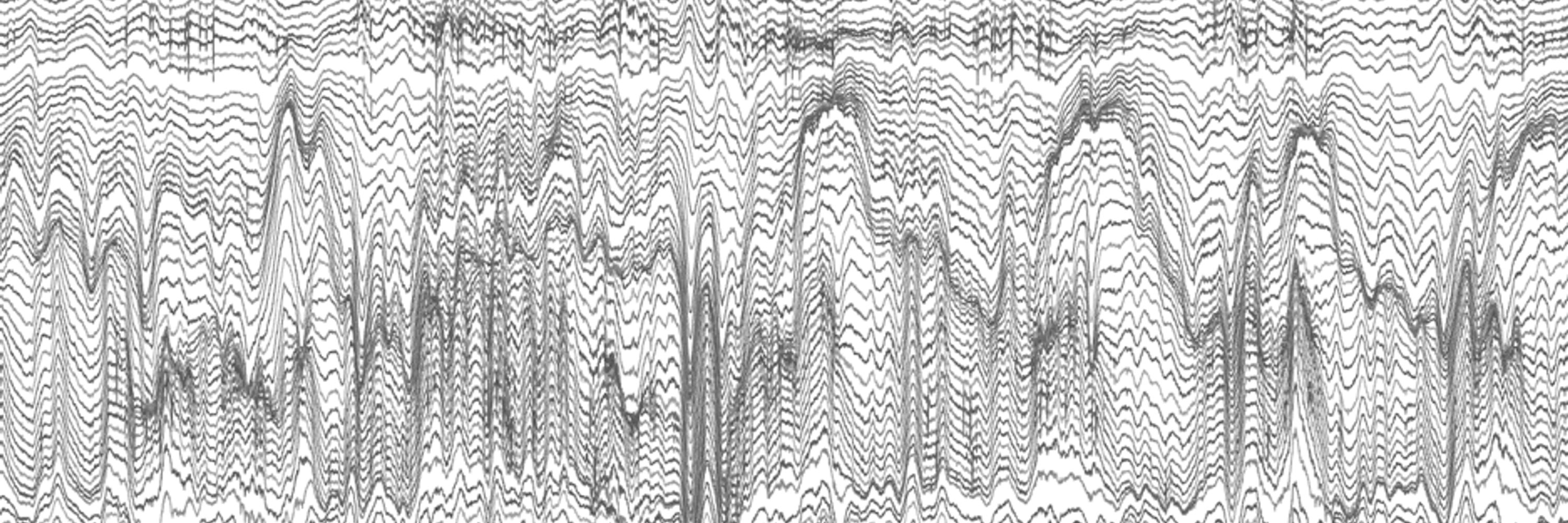Zoé Christenson Wick
@zoechristensonwick.bsky.social
140 followers
250 following
23 posts
Neuroscientist at Mount Sinai NYC, Simons Collaboration on Plasticity and the Aging Brain Fellow
work: PhaSER, inhibition, oscillations, epilepsy, and aging
play: sewing, knitting, and sunshine
www.zoechristensonwickphd.com
Posts
Media
Videos
Starter Packs
Reposted by Zoé Christenson Wick
Reposted by Zoé Christenson Wick
Reposted by Zoé Christenson Wick
Reposted by Zoé Christenson Wick












